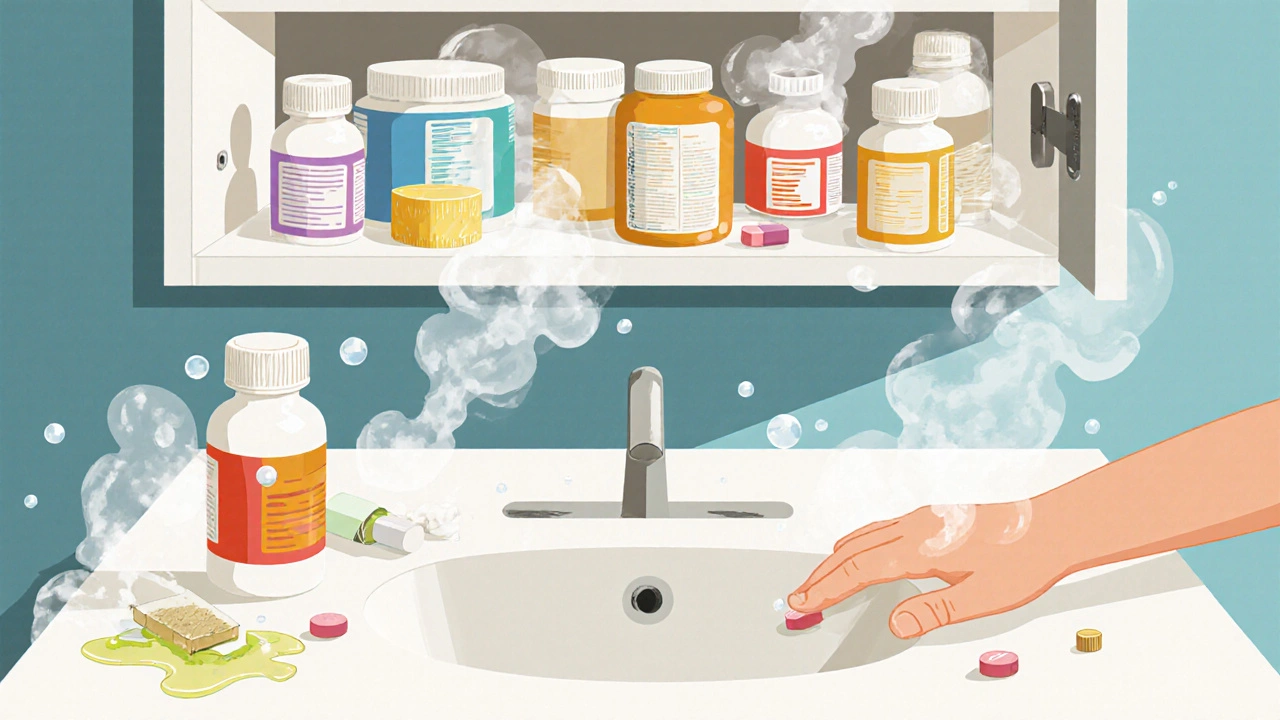Child-Resistant Packaging: What It Is and Why It Saves Lives
When you open a bottle of pills or a bottle of cleaning liquid, you might not think much about the cap—until a child gets into it. Child-resistant packaging, a special design that makes it hard for young children to open containers but still accessible to adults. Also known as childproof packaging, it’s required by law in the U.S. for most prescription drugs, over-the-counter medicines, and household chemicals. This isn’t just a nice feature—it’s a lifeline. Every year, over 50,000 children under age 5 are treated in U.S. emergency rooms for accidental poisonings. Most of those cases involve medicines or cleaners that weren’t stored properly. Child-resistant packaging cuts those numbers by nearly half.
It’s not magic. The caps and closures use mechanisms like push-and-turn, squeeze-and-twist, or two-step releases that most kids under five can’t figure out. But it’s not foolproof. Some toddlers still manage to open them, especially if they’ve seen an adult do it. That’s why medication safety, the practice of storing drugs securely and out of sight matters just as much as the packaging. Even the best child-resistant cap won’t help if the bottle sits on a counter or in a reachable drawer. And while these containers are designed for kids, they’re also meant to be easy for seniors or people with arthritis to open—so they strike a balance, not a perfect solution.
Not all products use the same design. A bottle of ibuprofen might have a different cap than a bottle of insulin or a bottle of laundry detergent. That’s because the pharmaceutical packaging, the way drugs are enclosed and sealed for safe use varies by risk level. High-risk drugs like opioids or sedatives often use even stricter designs. And while these standards are set by the Consumer Product Safety Commission, manufacturers still have room to improve. Some newer designs include tactile cues for the visually impaired or smart features that track if a bottle has been opened.
What you’ll find in the articles below isn’t just a list of products. It’s a collection of real-world stories and science-backed facts about how medicines are made safer. You’ll read about how fentanyl patches can be deadly if heat is involved, how antibiotics can lead to yeast infections, and why people still distrust generic drugs—even when they’re just as safe. These topics all tie back to one thing: how we handle medicine matters. Whether it’s the bottle, the label, or how you store it, every detail plays a role in keeping your family safe. The articles here aren’t about theory—they’re about what works, what doesn’t, and what you can do today to prevent a tragedy.

Medication Storage and Authenticity: How to Protect Your Home Supply from Counterfeits and Accidents
Learn how to store medications safely at home to prevent accidental poisonings, teen misuse, and counterfeit drug risks. Simple steps can protect your family and keep your meds effective.
